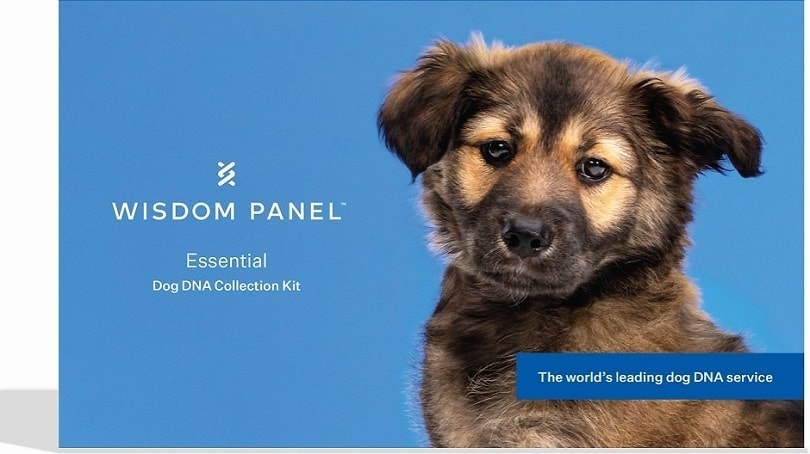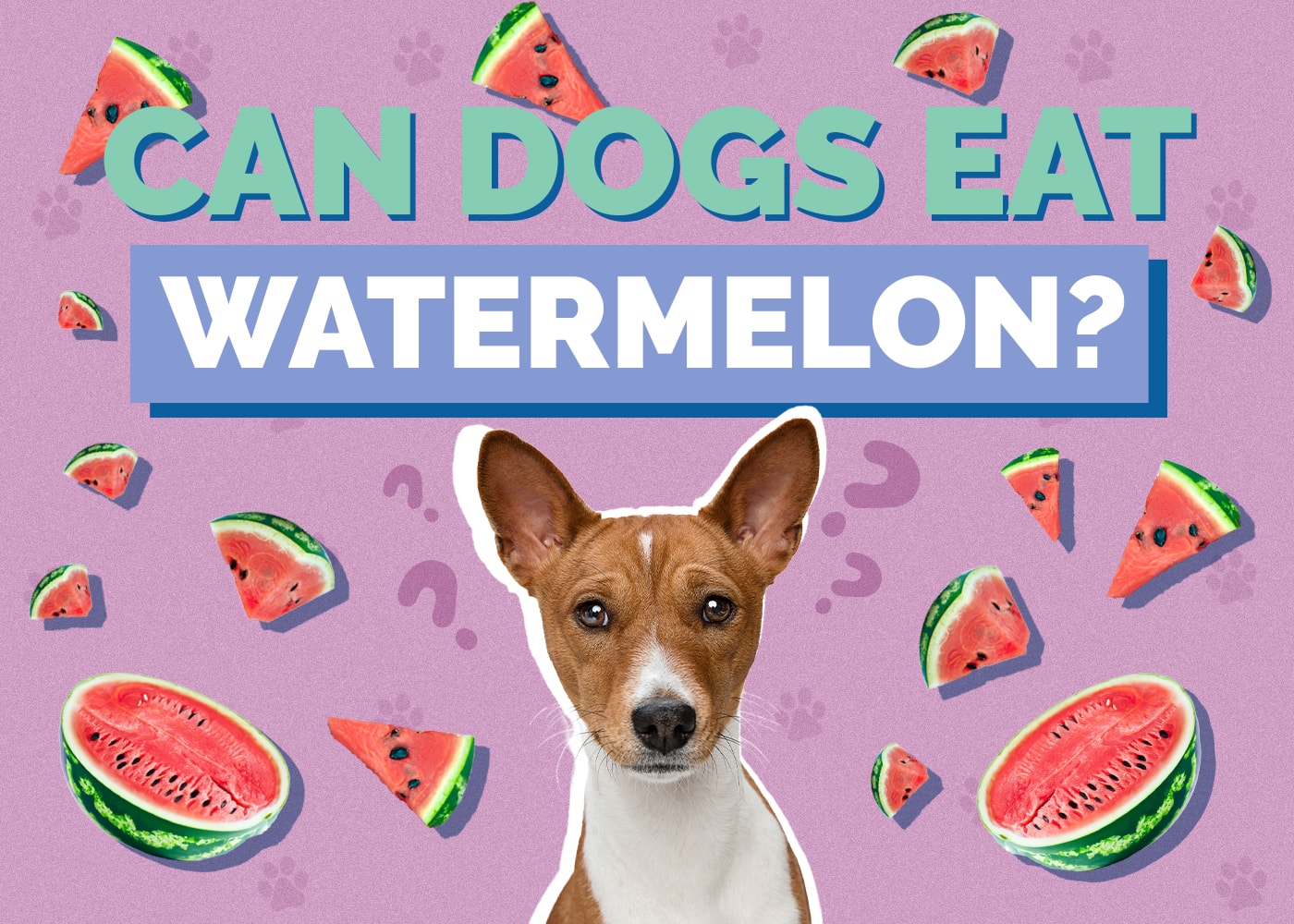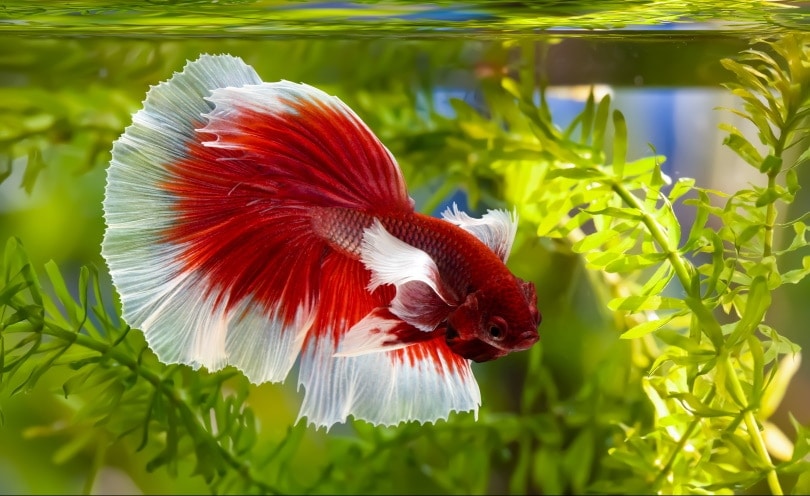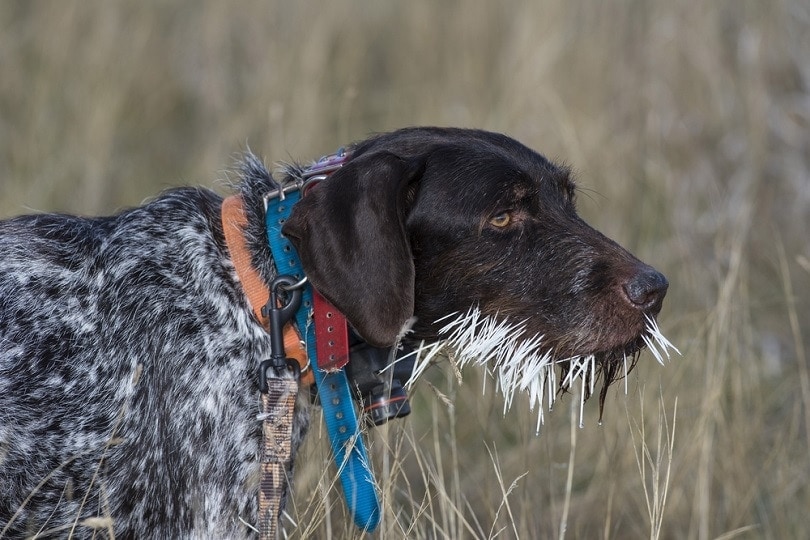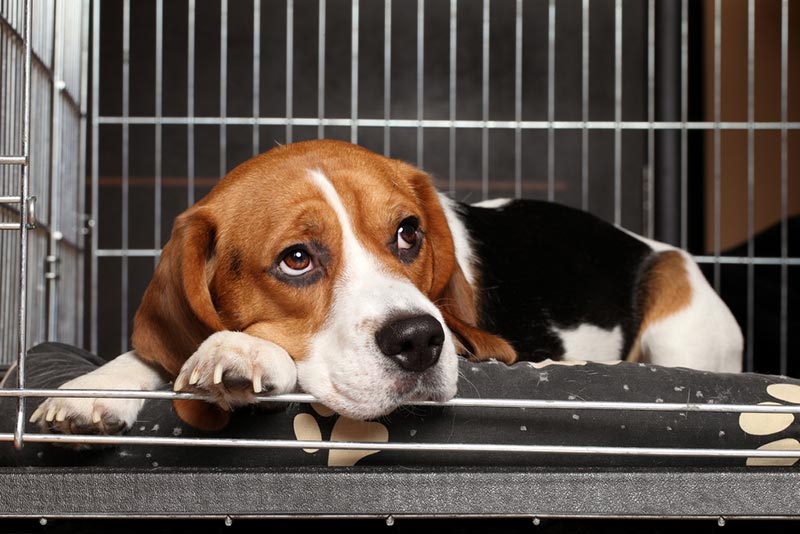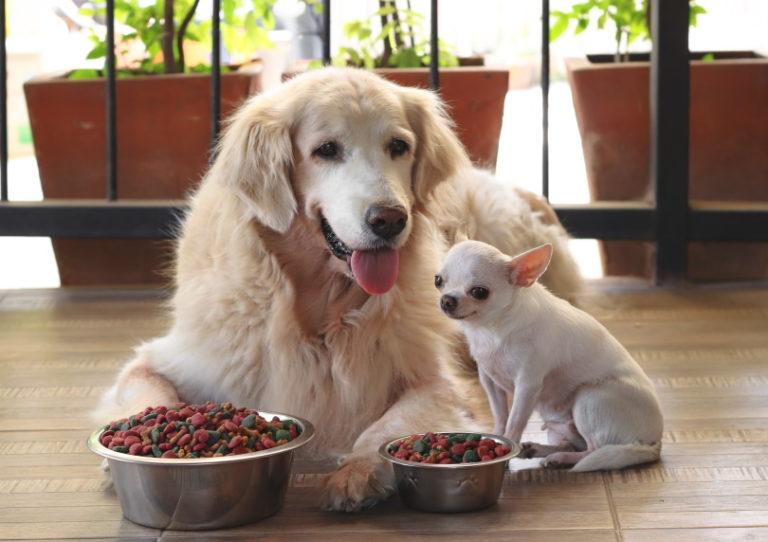Can Dogs Eat Bran Flakes? Vet-Approved Nutritional Facts & FAQ
Updated on
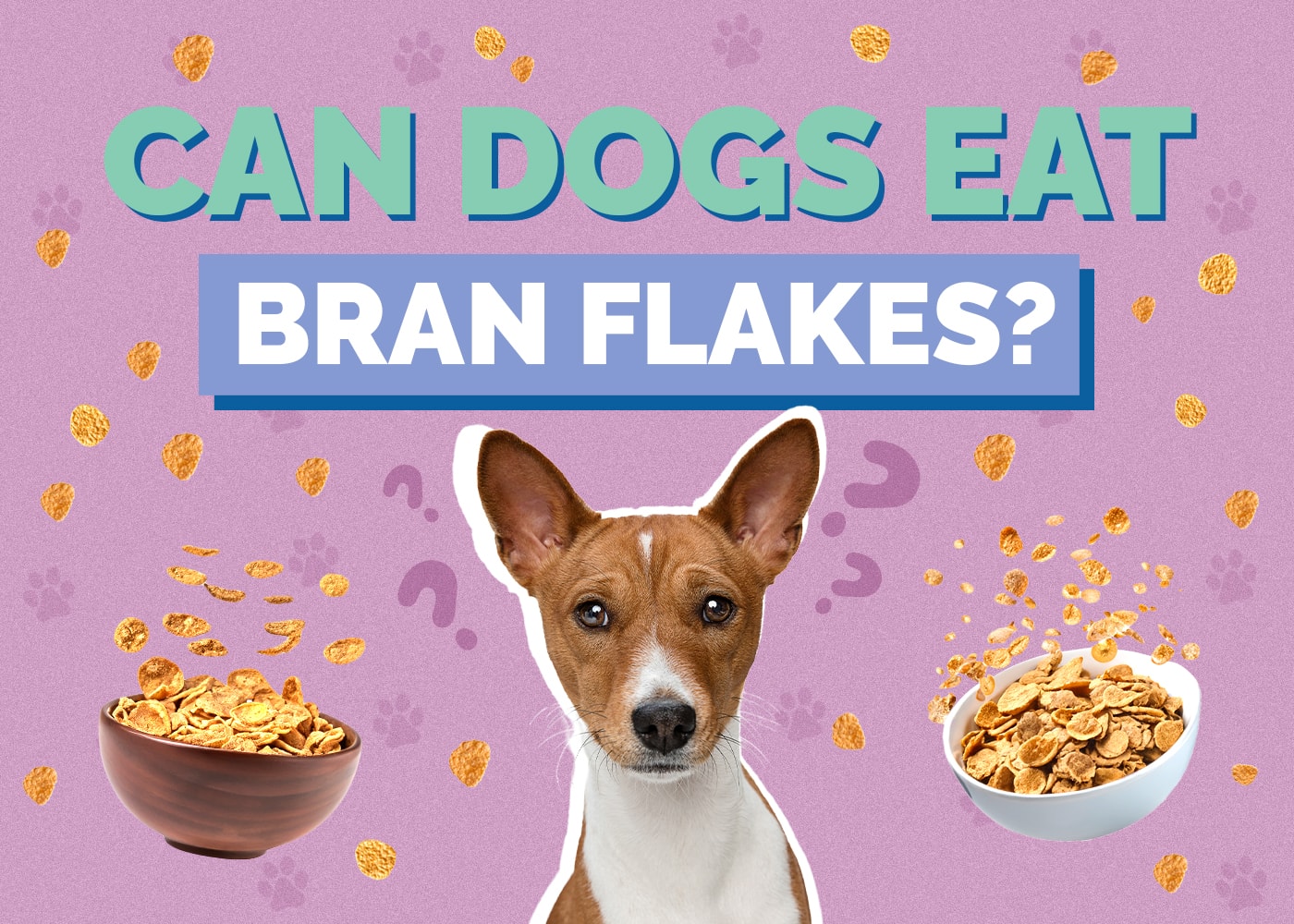
Click to Skip Ahead
Bran Flakes are a healthy breakfast choice for humans, so it’s only natural you’d think about sharing with your favorite four-legged buddy when you pour yourself a bowl in the morning. Is It safe, though, and can dogs reap the health benefits of bran flakes like us?
Yes, dogs can eat bran flakes, but you’ll want to skip the milk. Bran adds valuable dietary fiber that can help regulate your dog’s digestion, and it’s a fine low-sugar snack for canines.
If you’re interested in more details about how bran flakes are healthy for your dog, how to safely serve them, and some other fiber-rich foods you can share with your favorite four-legged friend, you’re not alone. Scroll down to get all that info and more!
Nutritional Content & Benefits of Bran Flakes for Dogs
Bran flakes are known for being healthy, but have you ever really read their label? They’re a little high in calories for dogs, but in small servings, the other nutrients like protein and iron are well worth the risk. Plus, this shouldn’t be an issue if you only offer it as a small treat on rare occasions. Let’s take a closer peek at exactly what’s in a serving of bran flakes and what it does for your dog.
- 158 calories: This is fairly high, making portion control important when sharing bran flakes with your dog.
- 6.4g fiber: Made from whole grains, bran flakes are rich in dietary fiber that aids digestion and is good for heart health.
- 1.3g fat: Bran flakes are very low in harmful saturated fats.
- 4.3g protein: Protein is essential for dogs and bran flakes are a surprisingly rich source of the stuff!
- 13mg iron: Bran flakes are a rich source of iron for dogs, helping keep their red blood cells and circulatory system healthy.
The main benefit of adding fiber to your dog’s diet is to aid in the production of healthy, formed stools. This is particularly helpful if your dog suffers from anal gland problems.

When to Avoid Bran Flakes for Dogs
Bran flakes are healthy in small amounts to streamline your dog’s digestion and keep their bowels regular, but they’re not really for dogs. They’re fine as a little treat or to add a little fiber to their diet, but in reality, bran flakes aren’t the best choice for your dog to eat regularly. Let’s look at a few situations when to not feed your dog bran flakes.
- If your dog has a sensitive stomach
- If your dog suffers from dehydration or constipation
- If the bran flakes contain added raisins, sugar or unhealthy artificial sweeteners
- If your dog is obese
Bran Flakes Serving Tips
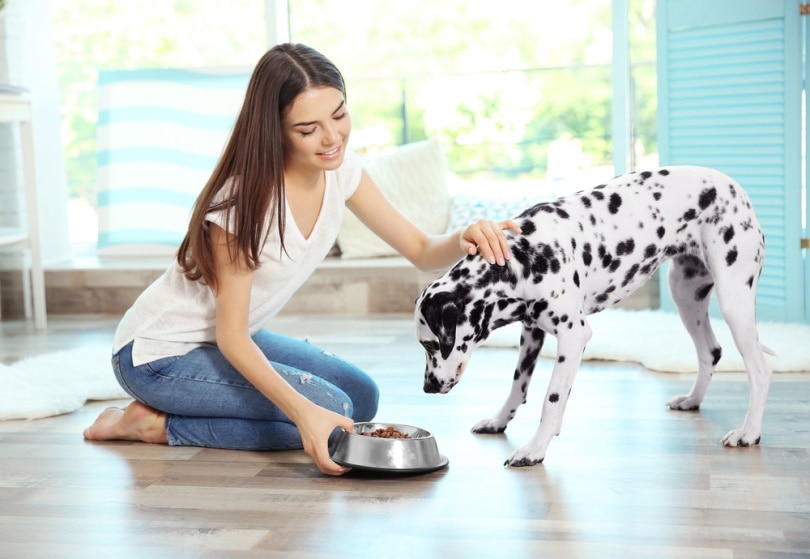
Don’t just dump flakes into your dog’s bowl and call it a day. They need their food prepared in a way that keeps their dietary needs in mind. To help your dog enjoy bran flakes more safely, follow some of our serving tips below.
- Choose plain flakes: Opt for plain bran flakes without added sugar, raisins 1, artificial sweeteners like xylitol 2, or other potentially harmful preservatives.
- Moisten the flakes before serving: Dampen the flakes with warm water to mitigate the risk of choking and to help your dog digest the flakes more easily.
- Start small: Offer a small amount of moist bran flakes either by themselves as a snack or mixed in with dry/wet dog food at mealtimes. First, see if they tolerate it well, and then you can make it an occasional treat.
What Other High Fiber Foods Can My Dog Eat?
If you’re looking for ways to add fiber to your dog’s diet and help their digestive system, bran flakes are a reasonably good way to do that. Of course, there are plenty of other fiber-rich foods that you can switch out with bran flakes to add variety to their diet without skimping on dietary fiber. Check a few of those out below.
- Carrots: Chopped carrots are a great natural dental treat that keeps your dog’s teeth clean, provides plenty of fiber, and also contains healthy antioxidants like beta-carotene.
- Zucchini: Diced zucchini adds a unique sweet twist to your dog’s mealtime along with lots of fiber, vitamins A, C, and K, and other trace minerals, like potassium and magnesium.
- Green beans: Cooked green beans are a great source of protein, iron, and fiber that helps keep your dog fuller for longer after mealtime.
- Apples: Low in sugar and calories, apples are a delicious sweet treat for dogs with high fiber and vitamin C content. Be sure to skip the seeds, core, and stems, though!
- Pumpkin: This is a tasty vegetable that is great for adding fiber and improving intestinal function.
How Else Can I Add Fiber To My Dog’s Diet?
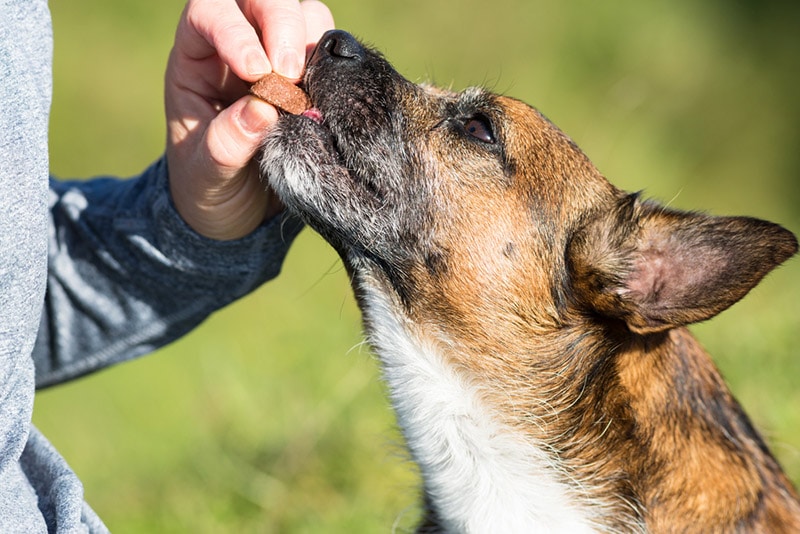
If you are looking for a way to improve the quality of your dog’s bowel movements, reduce bloating or gassiness, or aid in the normal expression of their anal glands, there are a few other things you can add to their food.
- Fiber supplements: products such as Glandex or Pumpkin powder are designed to help dogs with anal gland issues, and have the right ingredients and measures for dogs.
- Psyllium husk: a common ingredient in many fiber supplements, including Metamucil for humans. It absorbs moisture, and can form a sort of gel-like consistency in liquid. Start with a small amount mixed into their food; 1-2 teaspoons a day is usually enough for the average dog, but starting too quickly can cause abdominal discomfort.
Final Thoughts
Dogs can eat small amounts of bran flakes regularly to add some fiber to their diet, but make sure you choose a plain brand and moisten the flakes before serving them. Some other high-fiber foods you can mix in are carrots, apples, and pumpkin, or check out some fiber supplements to keep your dog’s bowels happy and healthy.
Featured Image Credit: BestPhotoStudio, Shutterstock




